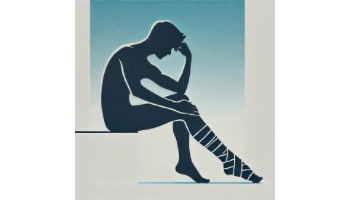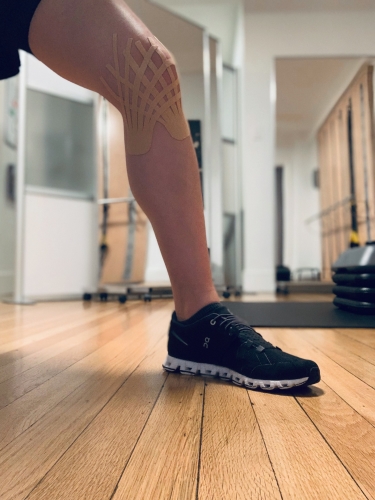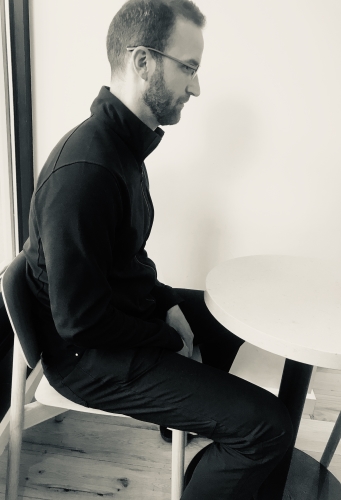 Last year, Witold Rybczynski published Now I Sit Me Down, a book about the history of the chair. In an interview for The Atlantic, he was asked about standing desks, to which he responded, “I really don’t think we’re in the age of the standing desk.” The author goes on to paraphrase, saying that according to Rybczynski, “Today’s health warnings are about breaking up lengthy periods of sitting with movement, not about chairs themselves.” However, there is something about chairs that creates a unique problem. They become an extension of the human body that makes it possible to spend prolonged periods in very poor posture.
Last year, Witold Rybczynski published Now I Sit Me Down, a book about the history of the chair. In an interview for The Atlantic, he was asked about standing desks, to which he responded, “I really don’t think we’re in the age of the standing desk.” The author goes on to paraphrase, saying that according to Rybczynski, “Today’s health warnings are about breaking up lengthy periods of sitting with movement, not about chairs themselves.” However, there is something about chairs that creates a unique problem. They become an extension of the human body that makes it possible to spend prolonged periods in very poor posture.
Feet As The Base Of Support
Your body has a center of mass. When standing normally, this center occupies the region of your body located roughly at belt buckle height, just in front of the spine, and roughly between the tops of your hip bones. The center can move about within the region, but only so much, otherwise you would tip over. It’s a standard weight-over-base-of-support equation, and in this case, your feet are your base of support.
A Bigger Base Of Support – The Chair
Plato notwithstanding, an unoccupied chair is a piece of furniture. But once you sit down in it, it becomes an extension of your body that expands your base of support. In fact, if you take your feet off the ground, it becomes your entire base of support. This changes everything.
With a bigger base, your postural options become much broader, and not in a good way. You can lean like a rag doll on the back of a chair without falling to the ground. You can slouch your shoulders and tuck your pelvis under until your a shaped like a backwards C. You can even stretch your legs way out in front of you, so that your hips barely have to flex at all. In such positions, your muscles don’t have to do much work and your joints don’t have to go through normal ranges of motion. This can lead to weak musculature (especially in the core), stiff muscles and joints, and even lost movement patterns like the squat.
Chairs Are Not Evil, But They Aren’t Passive Actors Either
This is not to say that chairs are evil, but they are not passive. They act on your body and they change it. Thus, it is important to limit how often that happens. When sitting, be mindful of your posture. More than that though, try to reduce the amount of time you spend in a chair – standing desks can be a great way to do that. Frequent trips away from the desk also help. If you are really adventurous, and you have the flexibility, join the other half of the world and try floor sitting. Deep squats, sitting cross-legged, or kneeling can be a good way to keep your body more active while in the seated position.


